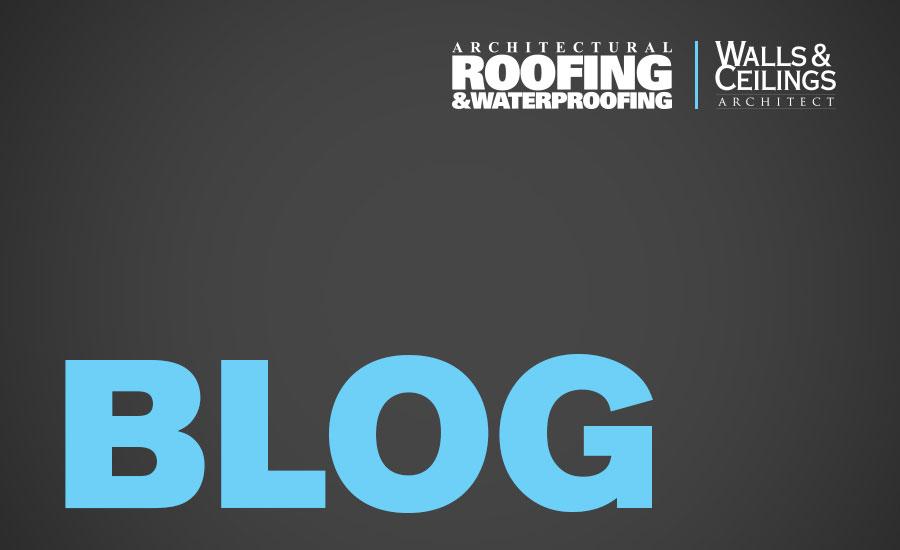Technical Details: Looks Like Adhesives Will Stick Around

Roofing technology has significantly changed in the past few decades. One of the most prominent changes has been in membrane attachment methods. We have progressed from hot bitumen-based systems to an increase in adhesive attachment methods. The use of adhesives as an attachment method for insulation to substrate and membrane to insulation/substrate has increased. This increase is due to the advancement in technology of adhesives. The science of adhesive bonding has advanced to a degree where adhesives must be considered an attractive and practical alternative to other attachment methods in roofing applications.
The recent surge in adhesive attachment use has been propelled by several external factors. Environmental constraints and building owners’ concerns about fumes have forced manufacturers and contractors to consider alternate attachment methods. Other key factors include insurance regulations and the fire and safety hazards associated with torch applications. Despite the economic downturn, the roofing industry is also experiencing a labor shortage, and members of the new generation of mechanics are more reluctant apply the older conventional systems. Contractors are also finding that the new attachment methods increase productivity while lowering overhead because they require less equipment and labor.
The main function of the adhesive is to promote the adhesion or bonding of the reinforcement. A proper adhesive should not have an effect on the performance of the reinforcement. In this respect, it serves the same function as hot mopping or torch-applied on modified bitumen systems. On modified bitumen systems — SBS or APP — as with all single-ply membranes — including EPDM, PVC and TPO. — the sheets serve as the waterproofing component of the system. The attachment material is used only for fusion or adherence.
Most adhesives contain solvents that must evaporate to provide a solid or cured state. The solvent evaporation process, or flashing as it is commonly referred to, depends in a large degree to the rate of material application and ambient weather conditions over time. The system adhesion increases as the solvent evaporates. The most important aspect of a cold-applied system is that it must properly cure. Once adhesive materials cure there is no change in their properties. The bonding mechanism occurs as the adhesive dries to a thin film as the solvents evaporate.
Types of Adhesives Used in Roofing Adhesives for roof systems are classified in three categories:
- Solvent-based adhesives
- Water-based adhesives
- Bonding adhesives
Follow ARW to learn more about these materials and proper design requirements.
